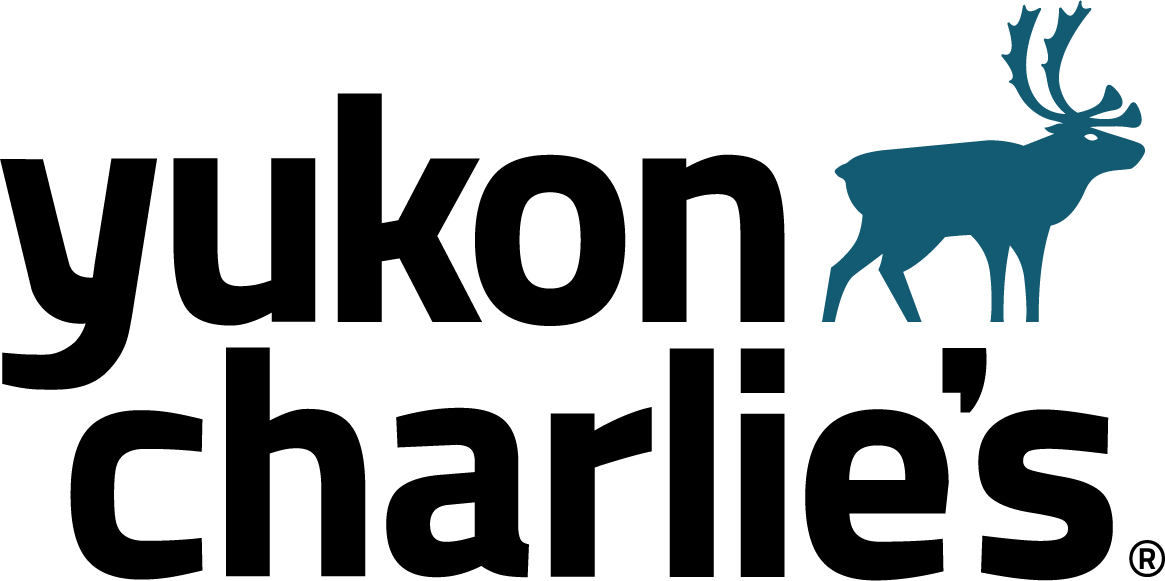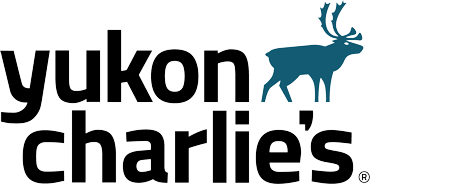
Sometimes the grind can feel like too much. With all the hustle and bustle that comes with living in modern society, it’s no surprise that people are turning to the outdoors for comfort, recreation, and to rekindle the sense of wonder that society often strips from them. According to a report by the Outdoor Foundation, 44.9 percent of Americans went hiking in 2017, up from 42.1 percent in 2016. With this surge in hiking participation, you may be wondering who maintains hiking trails and how they are operated. The answer is that there are thousands of park service employees and volunteers that maintain these trails and keep them open for hikers across the country.
Some of this work is undertaken by dedicated park employees. One major project undertaken by park employees was the restoration of a boardwalk on the Alka’i Swamp Trail on the island of Kauai. Alka’i swamp is considered by many to be one of the wettest places on earth– which makes it a beautiful place to hike, but a difficult place to maintain a hiking trail. In 2018, park service workers undertook a major project to repair the miles-long boardwalk, which was beginning to sink into the mud. The new boardwalk was constructed from recycled materials, making it more resilient to the swampy conditions at Alka’i. Major restoration projects like this are common, but they can’t always be completed by park service employees alone.
In fact, a large proportion of hiking trail maintenance is done by volunteers. It is an unfortunate truth that as use of hiking trails is increasing, government funding for trail maintenance is decreasing. As a result, many of our nation’s trails rely on public support to survive. There are hundreds of organizations both large and small responsible for maintaining the nation’s trails every year. Projects undertaken by these organizations are what keep those trails safe and fun places for folks to get away from the grind of everyday life and live a little on the wild side.
Take the John Muir Wilderness Area. Named for the great American naturalist, the John Muir Wilderness Area was established in 1964 by the Wilderness Act. Its scenic lakes and cool mountain vistas have made it a popular hiking destination for many, but unfortunately, due to its location, it is frequently under threat from overgrowth, downed trees, and brushfires. Thankfully, in 2018, volunteers with an organization called the Back Country Horsemen were able to team up with a local Sierra National Forest crew to restore and maintain the integrity of the trail– felling trees, clearing potentially dangerous brush, and expanding the trail in a herculean effort that may have saved it when a major fire burned through in 2018.
Another major organization helping to maintain trails is the Pacific Crest Trail Association, whose volunteers have been responsible for maintaining over 1,700 miles of trail on the west coast. Various chapters of the Pacific Crest Trail Organization completed major projects at Mormon Rocks Trail in the Mojave Desert, near Mill Creek Summit in Southern California, and near Shoe Lake in the Northern Cascades. These projects were involved in clearing and cleaning trails, installing trail signs, and repairing washouts and other damage.
Perhaps one of the largest organizations responsible for keeping trails up to snuff, however, is the American Hiking Society. The American Hiking Society has been holding events every year on June 1st– National Trails Day– to promote awareness for America’s hiking trails. In 2018, the event drew upwards of 100,000 people, who worked together to clear over 3,000 miles of extant trails and build over 700 miles of new trails across the country. It is monumental achievements like this that keep America’s wild spaces accessible to the general public.
America’s trails are one of its most valuable natural resources. They provide millions of people with space for recreation and enjoyment every year. Maintaining those trails requires the efforts of thousands of park service employees and volunteers. Both individuals and organizations are key to park and hiking trail maintenance and will continue to be so for generations to come.






